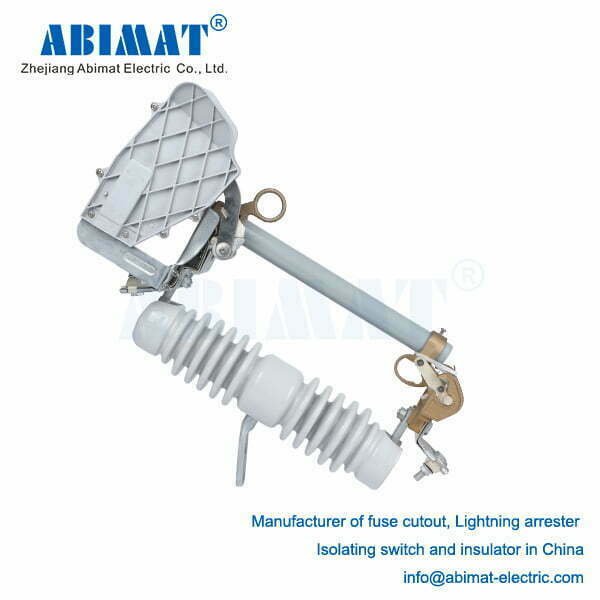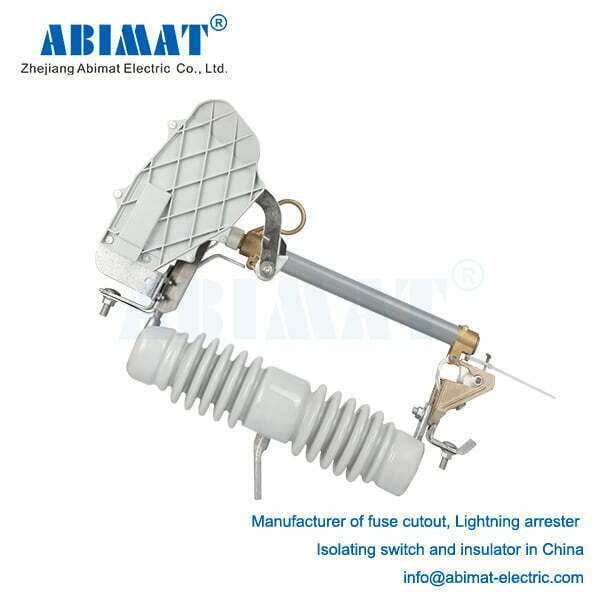22kV Drop-Out Fuse: A Critical Component for Distribution System Protection
The 22kV drop-out fuse—people also call it an expulsion-type fuse cutout—is a basic overcurrent protection device. It’s widely used in electrical distribution networks. It works as an affordable and reliable tool to isolate faulty parts of the system. This protects transformers, feeders, and other equipment on medium-voltage systems (up to 22kV).
Operating Principle and Key Components
The fuse works because of a simple but useful mechanical design. Its main parts are three types. One is the fuse holder—a removable tube that holds the fusible element. Another is the fuse link; it’s a special calibrated wire or element that melts when too much current flows through it. The third is the hinge assembly, and it lets the fuse holder pivot and drop down once the fuse has operated.
When the system is under normal load, the fuse link stays intact. This keeps the holder tight and in the closed position. If there’s a long-lasting overcurrent or a short-circuit fault, the fusible element heats up and melts—people call this “blowing” the fuse. When this happens, the tension on the fuse holder is released. Then the holder pivots downward, and this creates a clear, visible break in the circuit. This “drop-out” movement is important. It shows people that the fuse has worked, and it also makes sure there’s enough air insulation between the opened contacts.

Key Technical Characteristics
For 22kV systems, these fuses usually have a continuous current rating. It ranges from 40A to 200A. One key parameter is the “minimum breaking current”. You have to match this carefully with the characteristics of the equipment it’s protecting. The fuse link also has a “time-current characteristic (TCC) curve”. You need to choose this curve well. It makes sure the fuse works with the protective devices upstream and downstream. This way, only the faulty part of the circuit is isolated—people call this “selective tripping”.
Standards and Applications
When making and testing 22kV drop-out fuses, manufacturers follow international standards. One common standard is IEC 60282-1. These fuses are mainly used to protect distribution transformers, capacitor banks, and feeder branches. They have a big advantage—they can be used as a “fused load-break switch”. This lets workers switch loads manually using an insulated hot stick, which is safe.
To sum up, the abimat 22kV drop-out fuse is still a key part of protecting distribution systems. It’s simple, reliable, and clearly shows when there’s a fault. To make the system work well and reliably, you need to choose the right fuse. You should look at its rated current, voltage, and TCC curve when choosing.


